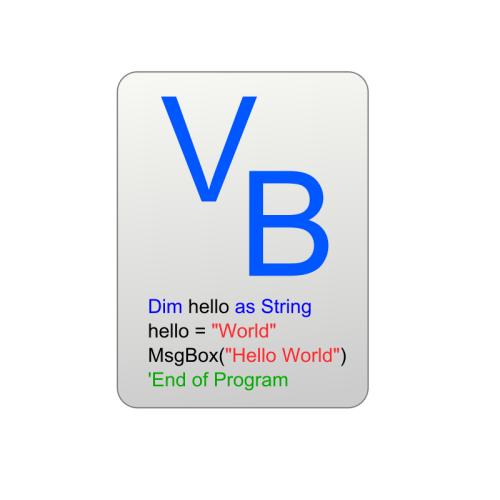Languages are powerful solutions to coordination problems: they provide stable, shared expectations about how the words we say correspond to the beliefs and intentions in our heads. Yet language use in a variable and non-stationary social environment requires linguistic representations to be flexible: old words acquire new ad hoc or partner-specific meanings on the fly. In this paper, we introduce a hierarchical Bayesian theory of convention formation that aims to reconcile the long-standing tension between these two basic observations. More specifically, we argue that the central computational problem of communication is not simply transmission, as in classical formulations, but learning and adaptation over multiple timescales. Under our account, rapid learning within dyadic interactions allows for coordination on partner-specific common ground, while social conventions are stable priors that have been abstracted away from interactions with multiple partners. We present new empirical data alongside simulations showing how our model provides a cognitive foundation for explaining several phenomena that have posed a challenge for previous accounts: (1) the convergence to more efficient referring expressions across repeated interaction with the same partner, (2) the gradual transfer of partner-specific common ground to novel partners, and (3) the influence of communicative context on which conventions eventually form.
翻译:语言是协调问题的有力解决办法:语言提供了稳定、共同的期望,我们所说的词语如何与我们头上的信念和意图相符;然而,语言在可变和非静止的社会环境中的使用要求语言表现具有灵活性:旧的词语具有新的临时或特定伙伴的含义。在本文中,我们引入了一种等级分级的巴伊西亚公约形成理论,旨在调和这两种基本意见之间长期存在的紧张关系。更具体地说,我们争辩说,通信的核心计算问题不仅仅是传播,如古典的表述,而是学习和在多个时标的适应。在我们看来,在三角互动中快速学习可以协调具体伙伴的共同点,而社会惯例是稳定的先行,已经与多个伙伴的相互作用脱钩。我们提出新的经验数据,同时模拟表明我们的模式如何为解释对前述构成挑战的若干现象提供了认知基础:(1) 趋同,在与同一伙伴的反复互动中,更有效率地提及表达方式,(2) 逐渐将具体伙伴的共同点转移给新的伙伴,(3) 以及(3) 交流环境对最终形成公约的影响。




